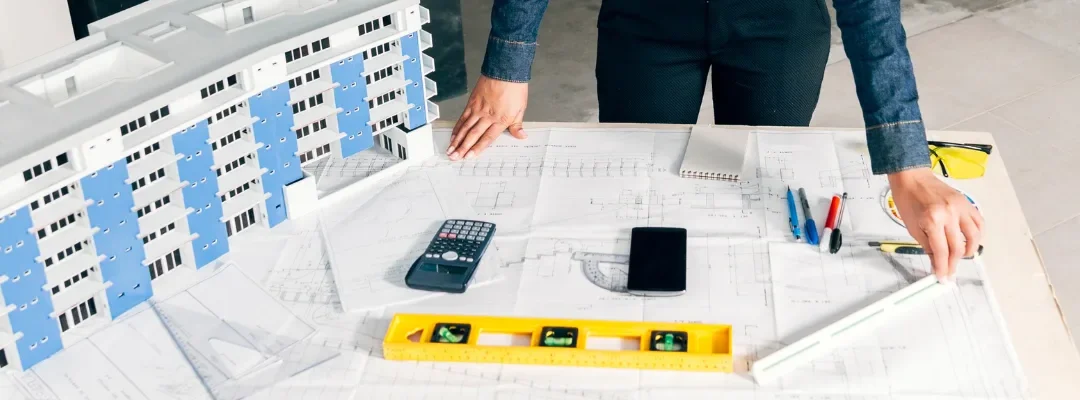Choosing the right building materials can make or break your construction project. The materials you select will affect not only the cost but also the structural integrity, aesthetics, energy efficiency, and long-term durability of your build. In 2025, with a growing emphasis on sustainability and smart technologies, making informed choices is more important than ever.
Here’s a step-by-step guide to help you make the best material decisions for your next construction project.
1. Define Your Project Requirements First
Start by understanding your project’s specific needs:
- Type of structure: Residential, commercial, industrial, or infrastructure?
- Functionality: Load-bearing, insulation, aesthetics, or weatherproofing?
- Local climate: Materials that thrive in Florida may fail in Alaska.
- Budget constraints: Consider lifecycle costs, not just upfront pricing.
Tip: Match materials to function. For instance, use reinforced concrete for load-bearing walls and high-performance glass for energy-efficient facades.
2. Evaluate Performance and Durability
Assess how well materials hold up over time:
- Fire resistance
- Pest and rot resistance
- Moisture tolerance
- Thermal insulation
Use resources like ASTM standards or consult engineers for technical specs.
3. Consider Sustainability and Environmental Impact
In 2025, eco-conscious clients and regulations demand sustainable materials:
- Low embodied carbon: Bamboo, recycled steel, hempcrete.
- Renewable or recyclable: FSC-certified wood or recycled composites.
- Energy efficiency: Insulated concrete forms (ICFs), cool roofing.
Pro Tip: Use environmental product declarations (EPDs) to compare material impacts.
4. Account for Local Availability and Supply Chains
Delays are costly. Choose materials that are readily available from local suppliers to avoid logistical nightmares.
Bonus: Locally sourced materials often align better with regional building codes and climate needs.
5. Balance Aesthetics with Functionality
A beautiful material that doesn’t perform is a liability. Find the sweet spot:
- Brick or stone for a classic look
- Architectural metal panels for modern facades
- Polished concrete for minimalist interiors
6. Compare Cost vs. Long-Term Value
Cheaper isn’t always better. Consider:
- Maintenance costs
- Lifespan
- Repair frequency
- Energy savings
Example: Metal roofing costs more upfront but can last over 50 years with minimal maintenance.
7. Ensure Code Compliance and Certifications
Before committing, check that your materials meet:
- Local building codes
- Fire safety regulations
- Energy standards (e.g., LEED, WELL)
- Manufacturer warranties and certifications
8. Consult with Professionals
Architects, engineers, and contractors have first-hand experience with what works and what doesn’t. Always bring in expert opinion before finalizing your material list.

